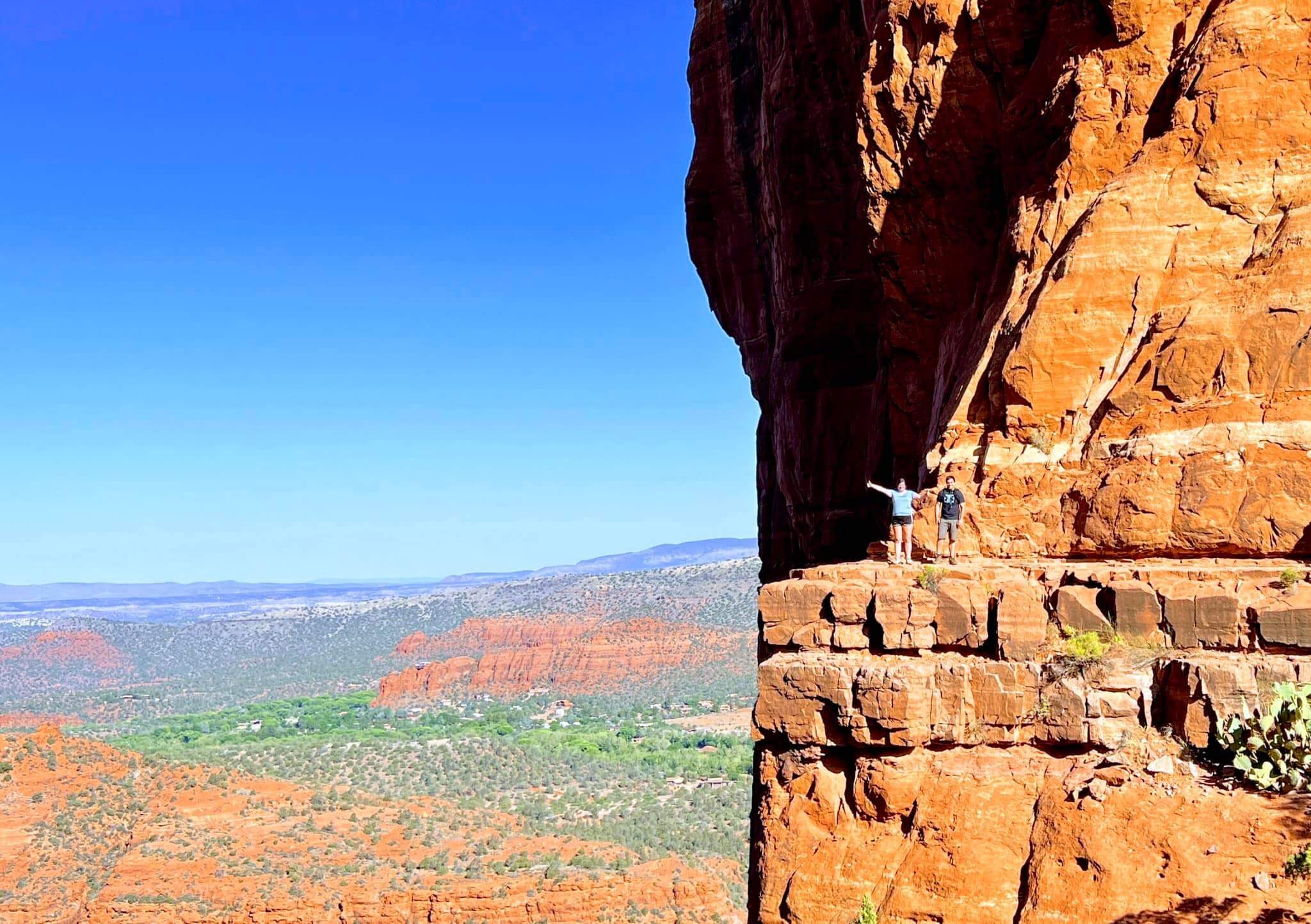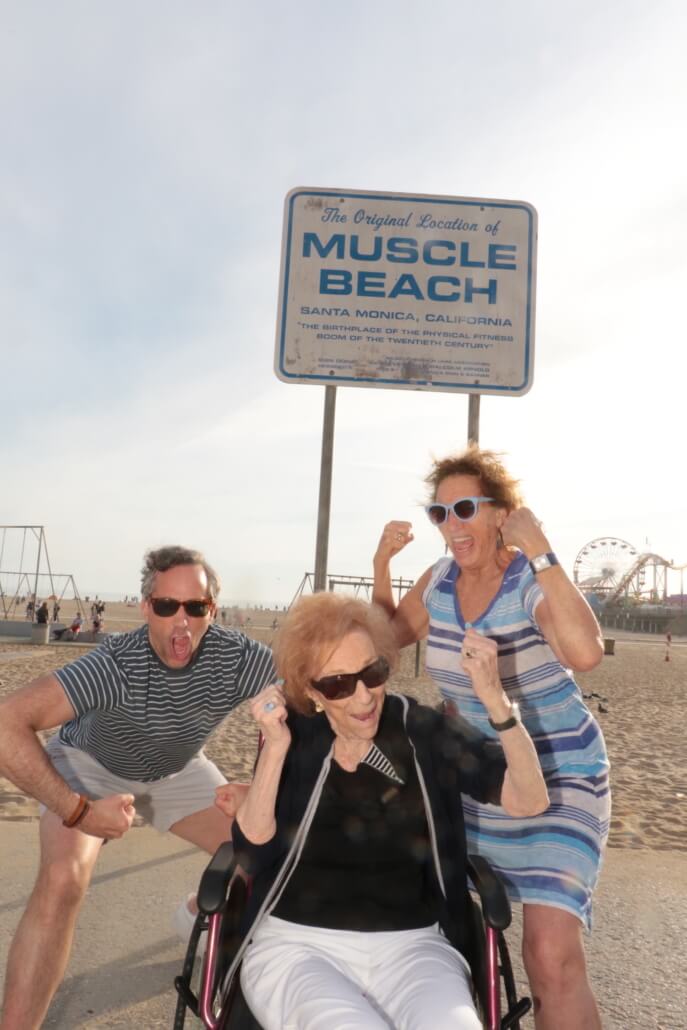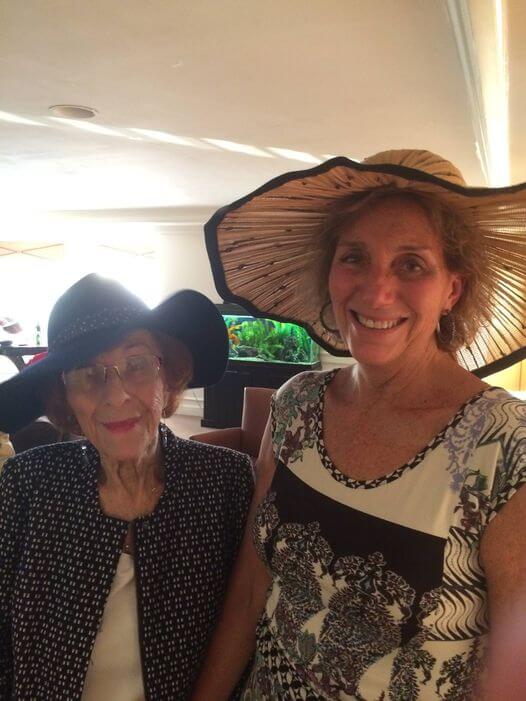In his bestselling book “The Blue Zones,” Dr. Dan Buettner discovered a strong correlation between health, longevity, and life purpose, a finding that was confirmed by a 2019 study of 7,000 adults over age 50. Volunteering is a surefire way to fill your life with purpose, enrich and expand your social connections, and stay actively engaged in life.
If you’re interested in volunteering but unsure how to start, this article provides inspiration and resources to get you going and find the right match.
Find inspiration: Older volunteers in the news
Looking for ways to help? Sometimes it helps to get inspired by others. If they can do it, so can you!
Old Ladies Against Underwater Garbage: Tired of the trash she kept encountering in Cape Cod ponds, Dr. Susan Baur, 81, kickstarted the group “Old Ladies Against Underwater Garbage.” The group dives weekly from May till September, picking up golf balls, beer cans, Gatorade bottles, and even, once, a garden gnome. “One of our secret weapons is we don’t care what we look like. We are encased in black stuff, we can drag stuff out of the pond,” said Bauer in a CBS Boston profile about the group.
Th!rd Act: Environmental activist Bill McKibben launched the non-profit Th!rd Act to foster “a community of experienced Americans over the age of sixty determined to change the world for the better.” From the comfort of your living room you can attend one of their virtual events and get involved in one of their current campaigns at www.thirdact.org.
Award-Winners: Google “older adult volunteer awards” to find dozens of inspiring stories like that of 82-year-old Thelma Smith, who earned the AmeriCorps Senior Services Award in 2022 for over 7,800 hours of service in the Utah County Senior Companion Program. Her words are a testament to the powerful benefits of volunteering: “I was so lonely after my husband passed. Having someone to visit and get to help has helped keep me healthy and sane. I have met some sweet ladies and they have taught me so much. They have given me a new life.”
Believe in your own value
Too often, older adults are portrayed as a “burden” upon society. This is deeply misguided on at least two levels. First of all, if we stand by the value that caring for each other is one of the highest forms of human achievement, then those who receive care are providing others with invaluable opportunities, not burdens. Secondly, there are legions of older adults who volunteer to care for others, as you can see on this page!
Evaluate your personal situation
If you’re unsure about what you can contribute, make a list of all of your skills and abilities. Include positive things your friends and families have said about you over the years. Are you organized? A good listener? Known as a tech troubleshooter for your friends? Maybe you like to sort things and declutter, write cards, or bake. Maybe you’ve been a teacher, a lawyer, a nurse, an accountant, or a mechanic and would like to use your professional skills in a volunteer setting.
Next, write a list of all of the things you hope to gain from volunteering. It’s ok to be selfish! Volunteering should meet your needs and be fun—at least most of the time—or it probably isn’t sustainable in the long run. Benefits of volunteering could include making new friends, helping advance a cause you care about, upholding values or beliefs that you feel strongly about, learning more about a topic, finding a reason to get out of bed in the morning, staying healthy, being challenged, feeling wanted.
Last but not least, consider your availability and limitations, if any. Do you want to volunteer for a set number of hours every week? A full day a month? If you need to be at a particular place and time, is transportation an issue? Do you have any health issues that should be considered, especially if the work involves physical tasks?
Find the right match
Once you’ve evaluated what you bring to the table, it’s time to look for a good match. No matter what you have to offer, older adult volunteers are always needed and wanted! Websites matching older adults with volunteer opportunities are a good place to start, but you can also contact your local Council on Aging, Senior Center, YWCA/YMCA, church, or community center for more ideas.
AARP’s Create the Good: Search for volunteer opportunities by keyword and zip code.
AmeriCorps Seniors: Get matched with an organization dedicated to helping others.
GetSetUp: Volunteer to teach at GetSetUp, which offers live online classes for older adults on a variety of topics—work, fitness, technology, cooking, and more.
Golden Volunteer: Search for volunteer opportunities based on availability, location, interests, friends, and preferences.










